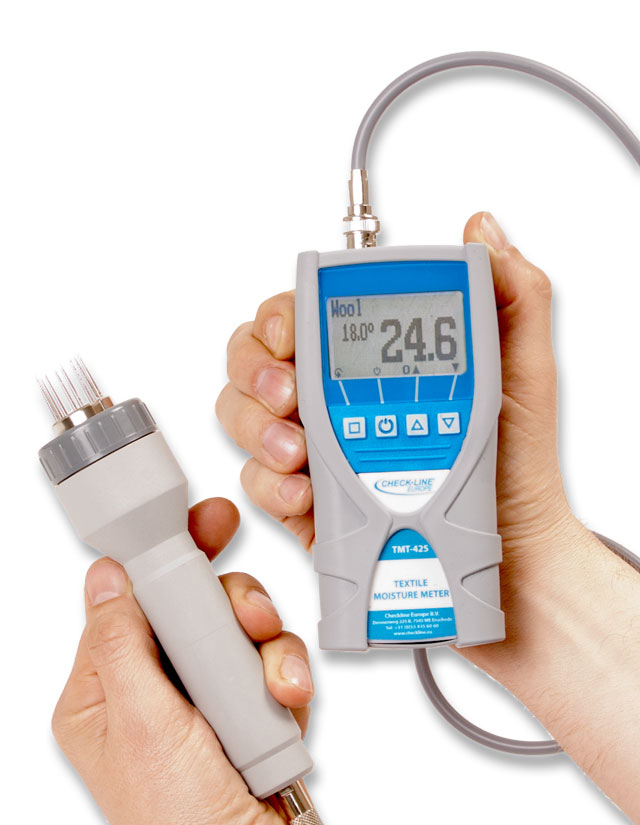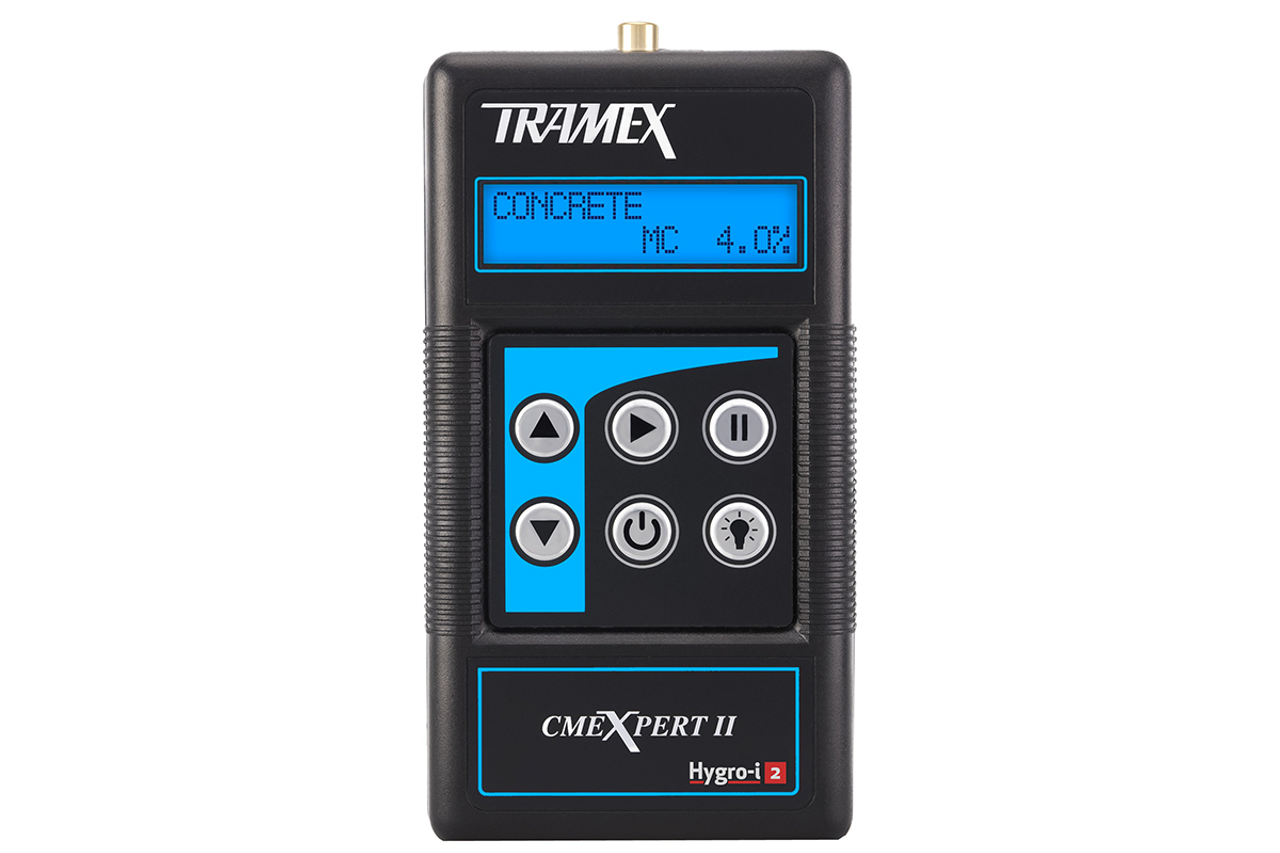Understanding the Various Sorts Of Moisture Meters and Their Applications
Explore the World of Wetness Meters: Whatever You Required to Know
In the world of moisture meters lies a world of precision and functionality that frequently goes unnoticed. These tools, while apparently straightforward, hold a riches of info that can considerably influence numerous industries and applications. Understanding how moisture meters operate, the different types available, and their diverse usages can shed light on their importance in ensuring top quality and performance. By discovering the details of dampness meters, one can reveal a beneficial device that goes beyond simple measurement, providing insights that can make a considerable difference in various fields.
Just How Wetness Meters Work
Wetness meters operate by gauging the electrical conductivity or capacitance of products to figure out the dampness web content present - Moisture Meter. These meters are invaluable devices across various markets, consisting of building, woodworking, and farming. By utilizing various approaches such as pin-type or pinless modern technology, moisture meters offer exact analyses that help experts make educated decisions
Pin-type moisture meters function by inserting the sharp pins into the material being evaluated. On the other hand, pinless wetness meters utilize electromagnetic signals to scan a larger area without causing any damage to the material's surface area.
No matter of the method made use of, dampness meters play an essential role in preventing issues such as mold development, architectural damages, or product problems brought on by excess wetness. Understanding how these meters work is essential for ensuring the quality and integrity of materials in numerous applications.
Kinds Of Dampness Meters
Offered the essential duty dampness meters play in various sectors, it is necessary to comprehend the different kinds readily available to specialists for properly examining moisture degrees. There are largely two major sorts of moisture meters: pinless and pin-type wetness meters.
Pin-type dampness meters use 2 pins that are placed right into the material being examined to measure the electric resistance between them. This technique is commonly made use of for wood, drywall, and various other structure materials. Pin-type meters give accurate analyses at particular midsts, making them perfect for recognizing moisture slopes.
On the other hand, pinless wetness meters make use of electromagnetic sensing unit plates to scan a larger location of the material without creating any type of damages. This type is appropriate for promptly scanning large locations and is commonly utilized for floor covering, walls, and ceilings. Pinless meters are practical for taking analyses on completed surfaces without leaving any noticeable marks.
Both sorts of wetness meters have their benefits and are picked based upon the particular needs of the work at hand. Comprehending the distinctions in between these kinds is essential for experts to make exact dampness assessments.
Applications Across Industries
With diverse performances, wetness meters locate prevalent application throughout various industries, aiding experts in making sure optimum problems for frameworks and products. In the farming field, moisture meters are important for identifying the wetness material in grains, seeds, and hay, making sure high quality control and stopping mold and mildew development. Building and construction specialists rely upon dampness meters to examine the dampness degrees in structure materials like drywall, concrete, and wood, which is vital for keeping structural stability and avoiding issues like rot or mold and mildew. The floor covering market uses moisture meters to measure the dampness web content in subfloors before installing various flooring treatments, avoiding costly problems because of excess wetness. Furthermore, in the food industry, dampness meters are utilized to keep track of and control moisture degrees in products such as grains, nuts, and dried fruits to maintain quality and high quality. Additionally, dampness meters play a crucial role in the restoration and damages evaluation sector by assisting professionals attend to and identify water damages in buildings promptly. Throughout these diverse sectors, moisture meters are indispensable devices for ensuring the high quality, safety, and long life of various products and items.
Tips for Using Wetness Meters
Use the dampness meter's calibration setups to ensure accurate readings when measuring the moisture content in different materials. Calibration is vital for the correct performance of a wetness meter. Prior to each use, it is a good idea to inspect and change the calibration settings according to the particular material being tested. Additionally, make certain the meter is readied Moisture Meter to the proper moisture array for the product you are gauging to acquire the most accurate results.

When making use of a pin-type dampness meter, put the pins to the ideal deepness advised for the product being checked. This makes certain that the dampness analyses are drawn from the right depth within the material, offering a more precise representation of its moisture content. For pinless moisture meters, remember to maintain correct call with the product's surface to get trustworthy readings.

Routinely examine and replace the batteries in your moisture meter to stop inaccurate analyses because of reduced power. Shop the meter in a dry and safe area when not being used to lengthen its lifespan and keep its accuracy. By adhering to these ideas, you can take full advantage of the efficiency of your wetness meter and get precise wetness content dimensions across different products.

Maintenance and Calibration
To guarantee the accuracy of dampness material measurements, normal maintenance and calibration of the dampness meter are necessary actions in its appropriate functioning. Upkeep entails maintaining the moisture meter tidy and complimentary from debris that might affect its analyses. It is vital to comply with the manufacturer's standards for cleaning to stop damage to the gadget. Additionally, regular calibration is required to confirm the precision of the analyses. Calibration readjusts the wetness meter to guarantee that it offers reliable and regular results.
Calibration should be performed periodically, specifically if the dampness meter is utilized often or in crucial applications where accurate measurements are required. By maintaining and adjusting the wetness meter consistently, customers can trust the accuracy of the moisture web content dimensions acquired.
Conclusion
In conclusion, dampness meters play a critical duty in different industries by accurately gauging the dampness material of materials. Recognizing exactly how these devices function, the different kinds available, and correct maintenance and calibration are essential for getting trustworthy results. Whether in agriculture, production, or building, the use of recommended you read dampness meters assists make certain quality control and performance in processes.
Building specialists rely on wetness meters to assess the wetness degrees in building materials like timber, concrete, and drywall, which is critical for maintaining architectural integrity and stopping concerns like rot or mold. The flooring market makes use of wetness meters to gauge the moisture material in subfloors prior to more helpful hints mounting various floor treatments, protecting against costly damages due to excess wetness.Make use of the moisture meter's calibration settings to guarantee precise analyses when measuring the moisture content in different products. By adhering to these tips, you can make the most of the performance of your dampness meter and obtain precise moisture material dimensions throughout different materials.
In conclusion, wetness meters play a vital duty in numerous industries by accurately measuring the moisture content of materials.